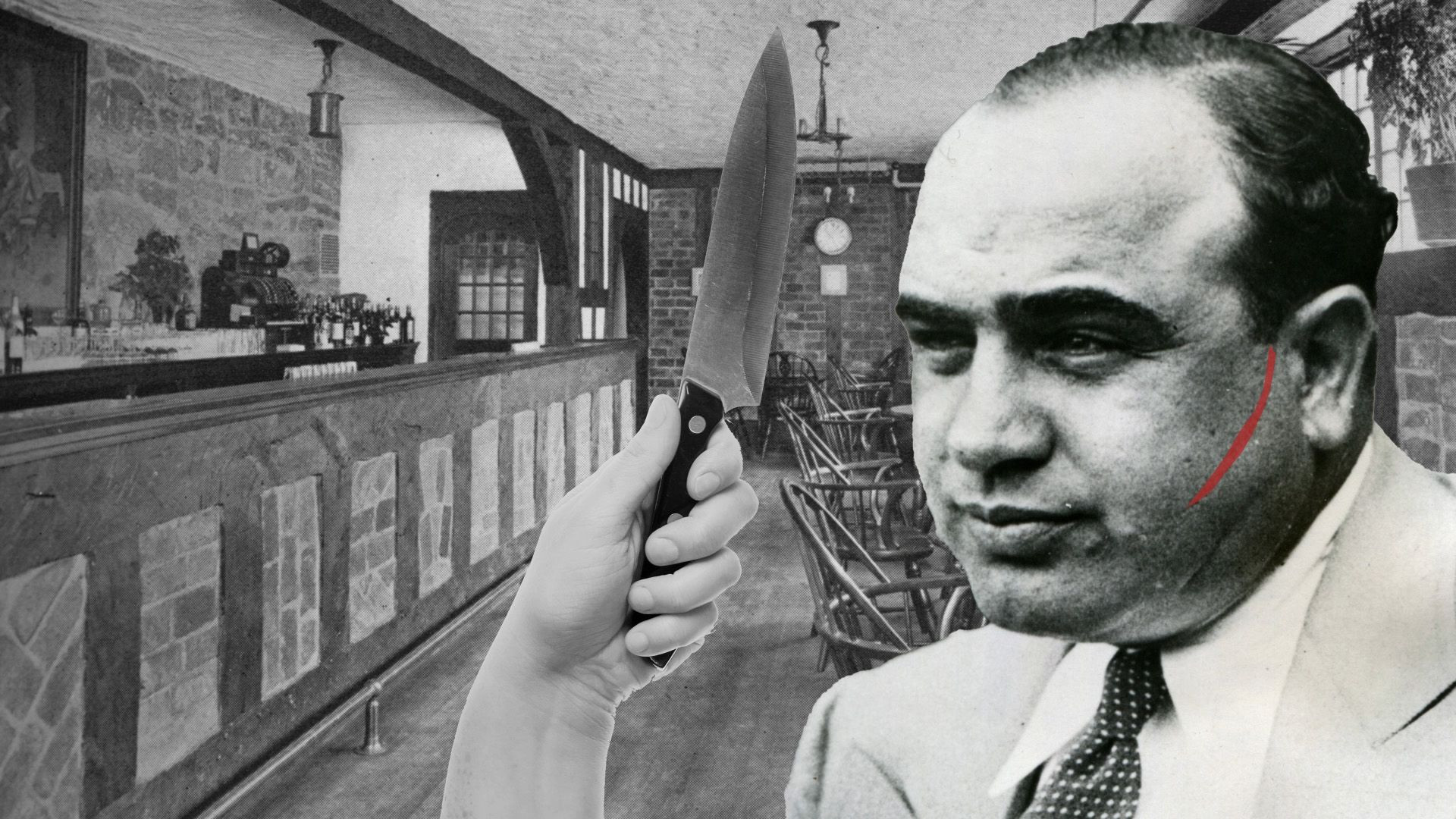John Gotti, born on October 27, 1940, and passing away on June 10, 2002, remains one of the most infamous figures in American organized crime history. His flamboyant persona and repeated acquittals in court earned him the moniker “Teflon Don,” making him a media sensation throughout the 1980s and 1990s. Gotti’s life, marked by violence, power, and public spectacle, offers a compelling, if disturbing, look into the world of the American Mafia.
Born in the South Bronx, New York City, John Gotti was the fifth child in a large family of thirteen, all descendants of Italian immigrants. From a young age, Gotti gravitated towards street life, becoming a leader of a gang in East New York, Brooklyn, during his teenage years. This early foray into petty crime soon led him to the orbit of the Gambino crime family, one of the notorious Five Families that controlled organized crime in New York City. Dropping out of high school, Gotti’s rap sheet grew with arrests for minor offenses, accumulating nine arrests between the ages of 18 and 26. These early brushes with the law were just a prelude to his deeper involvement in the criminal underworld and his ascent through the ranks of the Mafia.
 Video thumbnail explaining the origins of mobster nicknames, relevant to understanding figures like John Gotti.
Video thumbnail explaining the origins of mobster nicknames, relevant to understanding figures like John Gotti.
From Petty Criminal to Gambino Family Enforcer
Gotti’s initial significant arrest came in 1968 when the FBI apprehended him for truck hijacking and cargo theft. He pleaded guilty and received a three-year prison sentence. Upon his release, Gotti’s involvement with the Gambino family deepened. In 1973, he allegedly played a role in the murder of James McBratney, who was believed to be connected to the killing of Carlo Gambino’s nephew. Although arrested again in 1974, Gotti negotiated a plea to manslaughter and received a lenient four-year sentence. Scandalously, even while incarcerated at Green Haven Correctional Facility in upstate New York, Gotti reportedly bribed officials, allowing him to leave prison to meet with fellow mobsters and even visit his family home, highlighting the corruption and influence that permeated organized crime.
Rise to Power and the “Dapper Don” Persona
The death of Carlo Gambino in 1976 and the subsequent succession of Paul Castellano as head of the Gambino family created internal tensions, as Aniello Dellacroce, Gotti’s mentor, was considered next in line by many. Under Dellacroce’s wing, Gotti rapidly climbed the Mafia hierarchy after his parole in 1977. Unlike his more secretive contemporaries, John Gotti embraced the spotlight. By the 1980s, he was arguably the most recognizable organized crime figure in New York City. Mirroring the celebrity gangsters of the Prohibition era like Al Capone, Gotti cultivated an image of invincibility and enjoyed the attention his criminal lifestyle brought. Dubbed the “Dapper Don” for his expensive suits and immaculate grooming, Gotti became a folk hero to some, a romanticized outlaw who seemed to operate outside the reach of the law, much to the frustration of law enforcement agencies.
The Teflon Don and Mounting Legal Pressure
Tragedy struck Gotti’s family in 1980 when his son, Frank Gotti, was killed in a traffic accident. The driver, John Favara, a neighbor, disappeared months later and was presumed murdered, with rumors linking Gotti to his disappearance, though Gotti denied involvement. As Gotti’s power grew, so did the federal government’s efforts to bring him down. In 1985, he was charged with racketeering, and his brother Gene faced narcotics trafficking charges, the latter being an activity forbidden by Castellano. The internal conflict within the Gambino family escalated, culminating in the assassination of Paul Castellano in December 1985. Salvatore Gravano, known as “Sammy the Bull,” a close associate of Gotti, later testified that Gotti orchestrated and witnessed Castellano’s murder, paving the way for Gotti to seize control of the Gambino family in 1986.
Despite numerous attempts to prosecute him, Gotti repeatedly evaded conviction, earning the “Teflon Don” nickname because charges “never stuck.” One trial was famously compromised by a bribed jury foreman. However, the FBI’s relentless pursuit eventually led to a breakthrough. By 1990, extensive wiretapping provided irrefutable evidence against Gotti. In a dramatic turn of events, Sammy Gravano, defying the Mafia’s code of silence, turned state’s evidence and testified against Gotti in a highly publicized 1992 trial. Gravano’s testimony proved decisive. John Gotti was convicted on 13 counts, including the murder of Castellano, racketeering, and obstruction of justice. This time, there was no escaping justice, and Gotti was sentenced to life in prison.
Final Years and Legacy
John Gotti spent his final years incarcerated. In 1998, he was diagnosed with throat cancer. He died on June 10, 2002, at the U.S. Medical Center for Federal Prisoners in Springfield, Missouri. John Gotti’s legacy is complex and controversial. He remains a symbol of the Mafia’s power and allure, but also its brutality and ultimate downfall. His story serves as a cautionary tale about the seductive nature of organized crime and the relentless efforts of law enforcement to combat it. While some may remember the “Dapper Don” with a twisted sense of admiration, his life was ultimately one of violence, crime, and imprisonment, leaving a dark stain on American history.


